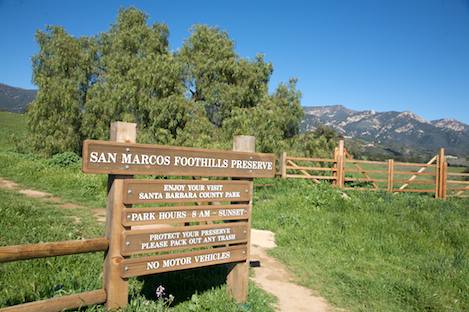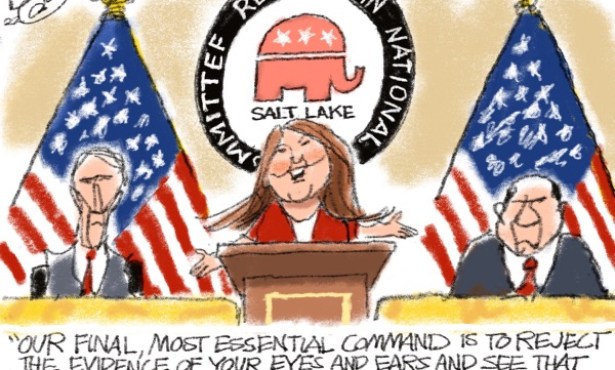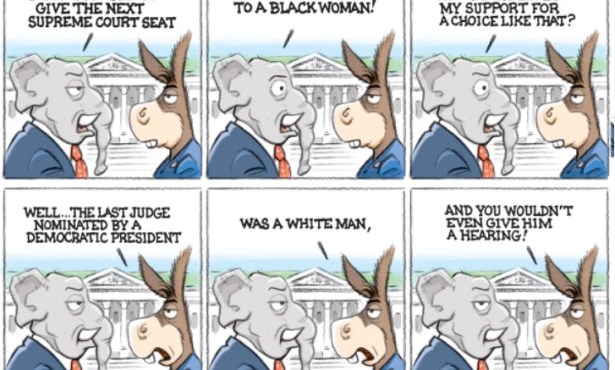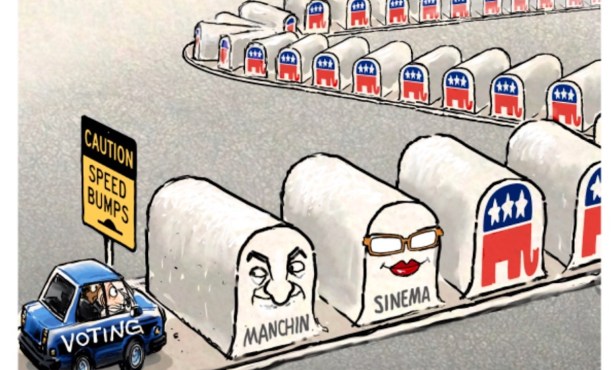Humans Need Wild Places
San Marcos Preserve Should Not Have Been Developed

It’s become a truism that developers will seek to develop virtually any open space regardless of impacts to neighborhoods, congestion and/or traffic. Depending on the size and scale of the development, this makes sense in relationship to urban-infill. However, when it comes to rural, open space still supporting a natural wild ecosystem, it’s a completely different matter. Such is the case with the San Marcos Foothills Preserve development.
The preserve is now a 200-acre parcel, with 10 acres set aside for a future passive park allowing for the development of a variety of recreation-related structures. Originally, the preserve was 377 acres. In 2006, a development plan for the entire 377 acres was presented to Santa Barbara County by Bermant Development Corporation.
It has become “custom” for local governments dealing with open space development to exact a donation for remaining open space from the developer. The “compromise,” which changed the zoning from Agricultural to Planned Residential Development, ensured that 200 acres were donated to the Trust for Public Land, later donated to Santa Barbara County (now managed by Channel Islands Restoration) under the stipulation that it be preserved in perpetuity as open space.
We should all thank the people who worked to preserve 200 acres of open space. But the county should never have permitted this development. It transforms a wild place, accessible to the public, to a park for 15 homeowners who can afford to spend between $3.5 million and $4.5 million for parcels ranging from 3 to 27 acres. Undeveloped, the preserve was easy access to a wild space where urbanites could take a break from congested living and still encounter nesting birds of prey, coyotes, deer, and even an occasional bear. It should have remained such.
Historically, the preserve was Chumash country, linking nearby villages. (Artifacts used for food processind have been found at two locations.) In the 19th century the preserve was used for cattle and sheep ranching. (Indeed there are now sheep on the preserve doing weed abatement duty.) From the 1970s on there were several proposals to develop the preserve; none of which were approved. It remained in agricultural use. In the 1990s the San Marcos Foothills Coalition was formed to protect and preserve this unique urban foothill open space. The coalition laid down the predicate for protecting the natural/wild nature of the preserve. Then in 2005 the county made the deal with Bermant to develop 15 single-family lots and five “affordable” condominiums in exchange for the donation of 200 acres to be preserved in perpetuity.
The “affordable” condos seem to have disappeared. Tragically, the integrity of the wild nature of the preserve will also disappear. This has to be a lesson for both our elected officials and the public. In planning for how to use the 200 acres, both bicycles and equestrian use were banned as being too hard on the “carrying capacity” of the preserve. If cycling and horseback riding were deemed to threaten nature’s carrying capacity, how is it possible that building private homes with roads, ingress and egress traffic, utility development, swimming pools (and no trespassing signs) are not going to destroy its ecological “carrying capacity”?
This development makes no sense. It exists in the midst of a high risk fire zone, threatened by drought and future water shortages. It should become a lesson for elected officials and the public on how not to permit development. In our crowded modern world, turning a wild space into essentially a park, much less attractive for public use, for the benefit of a few wealthy people is bad public policy.
Humans need accessible nature where we can still come in contact with wildness. Losing this space for that purpose is a modern day tragedy for our community which should never be repeated.



